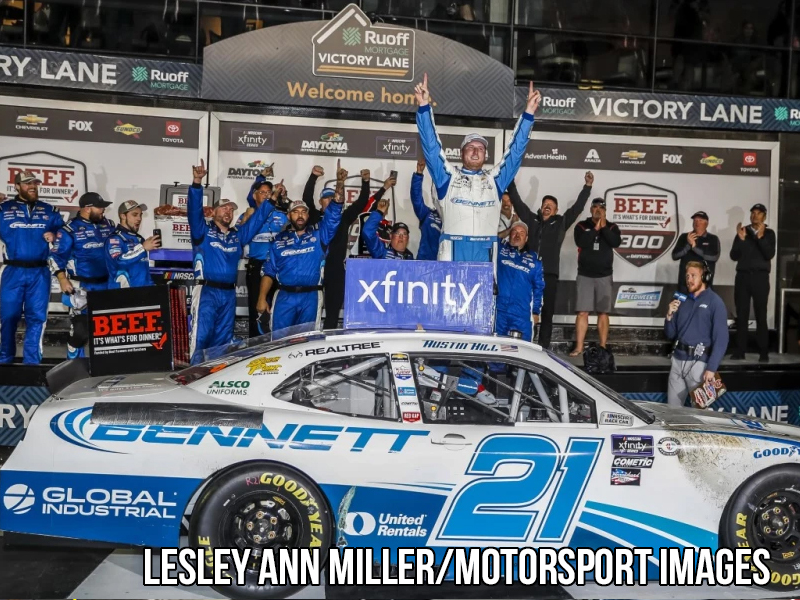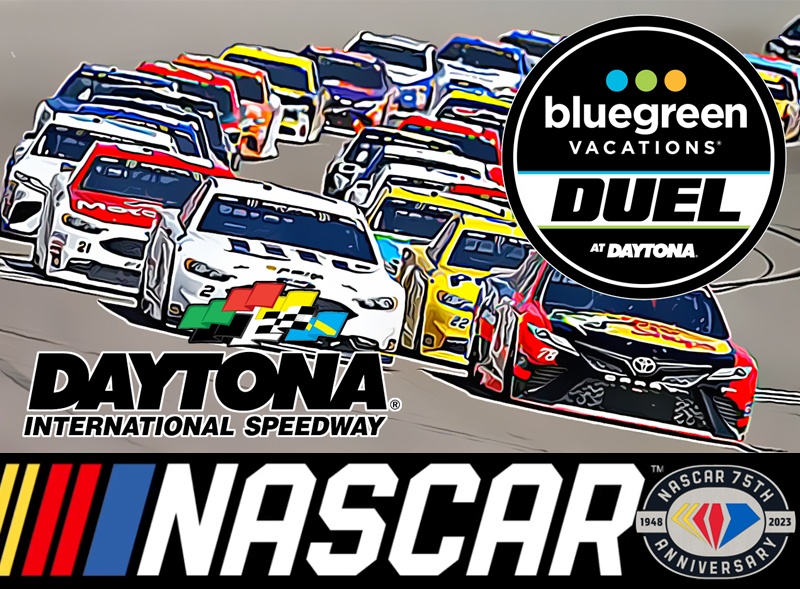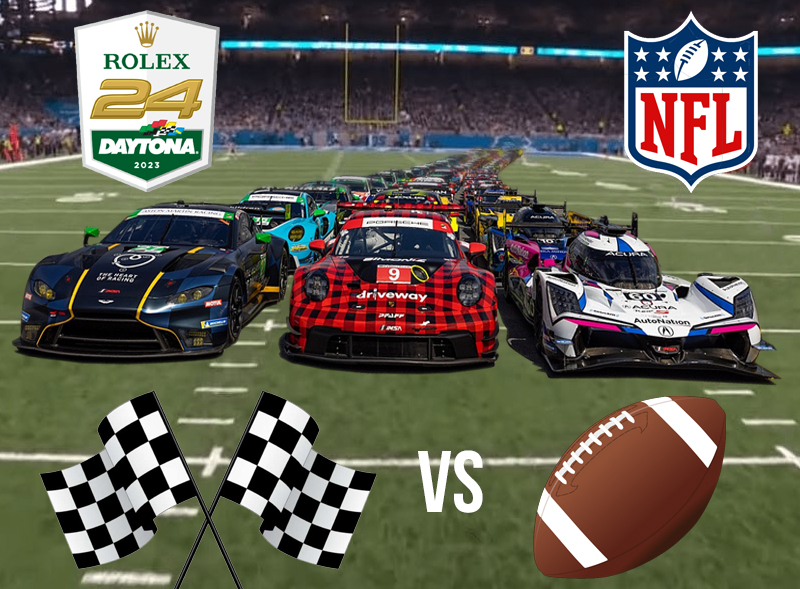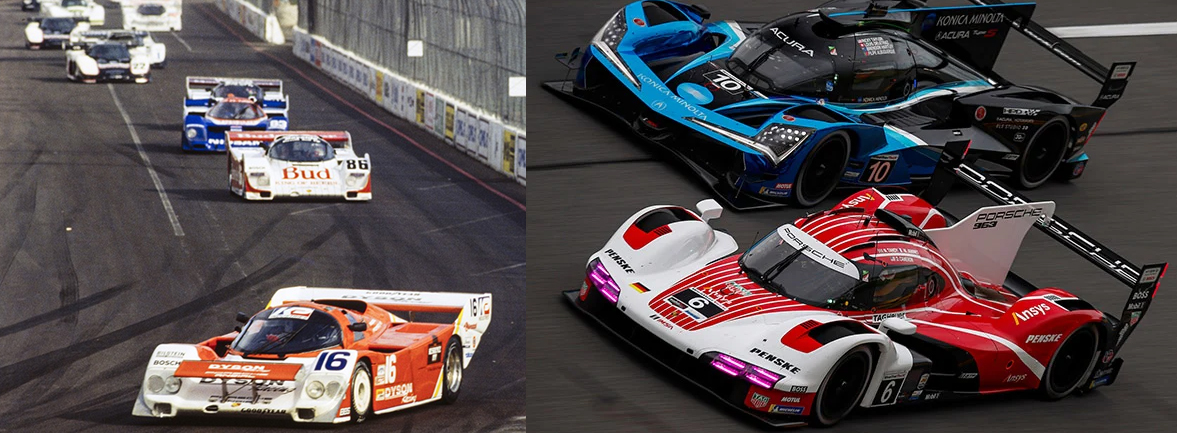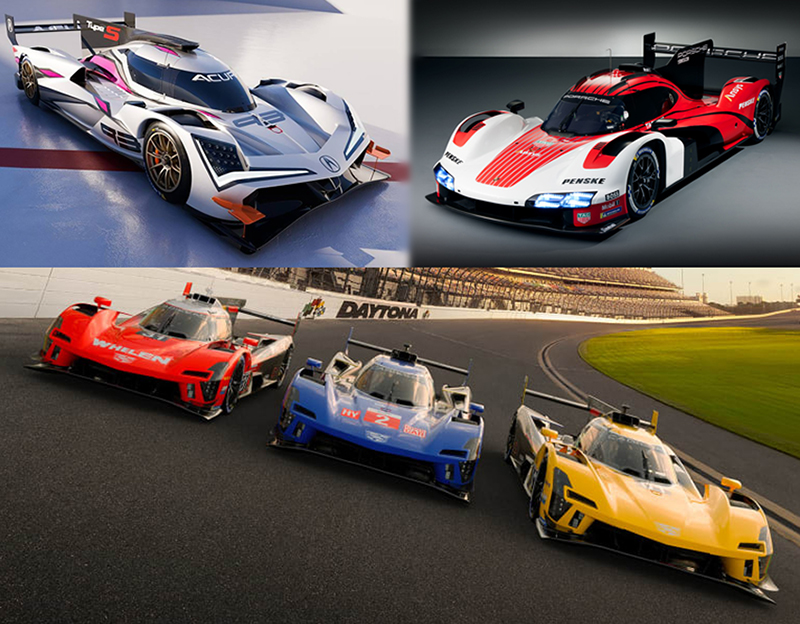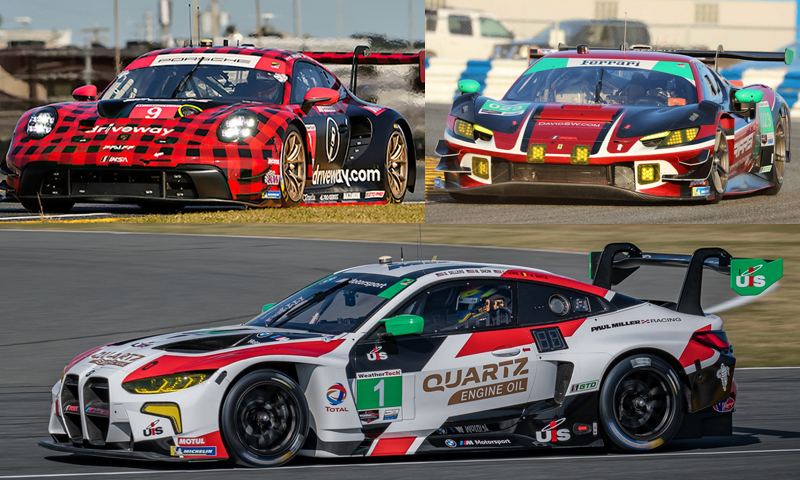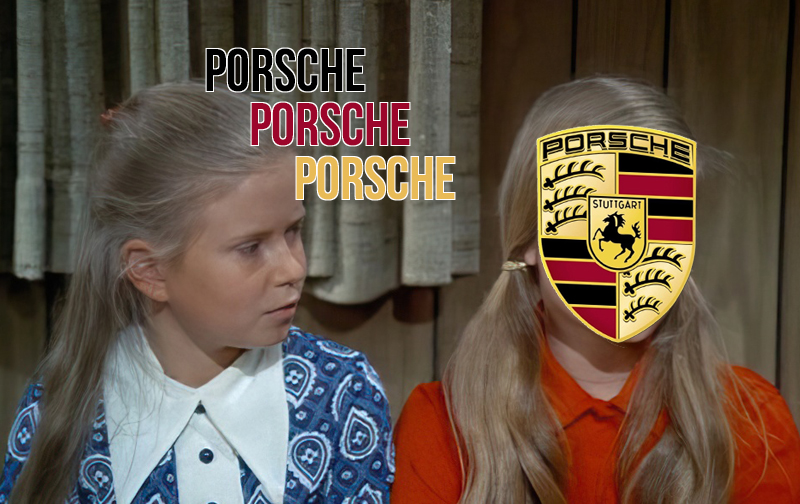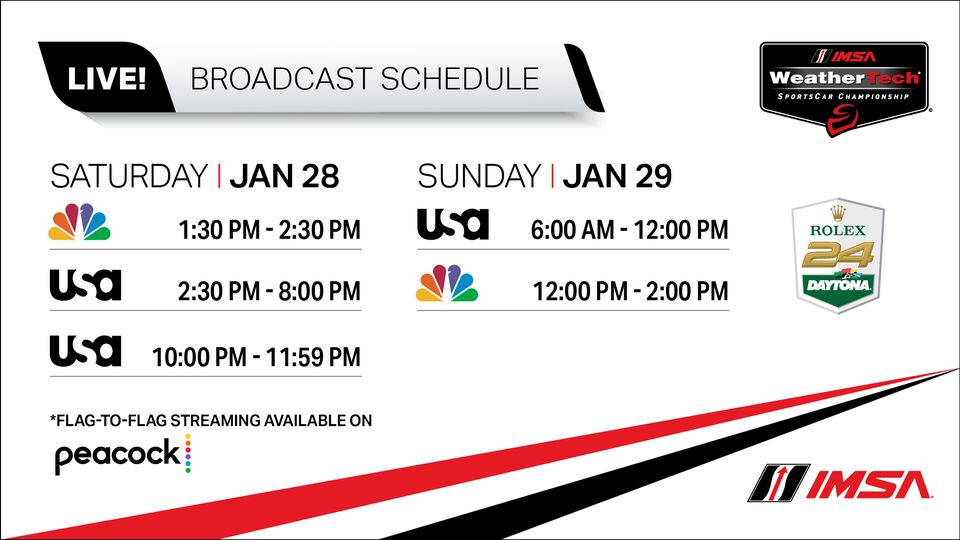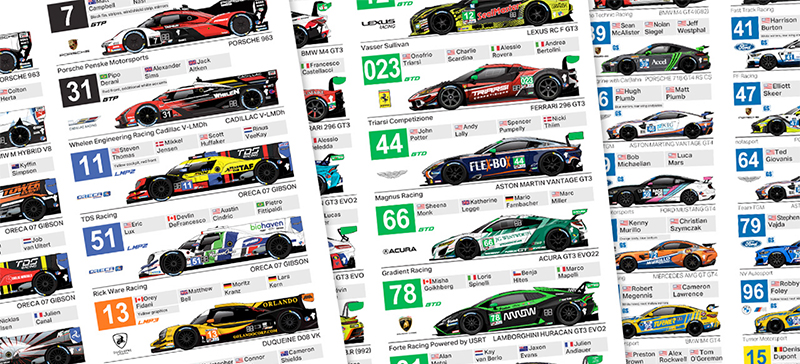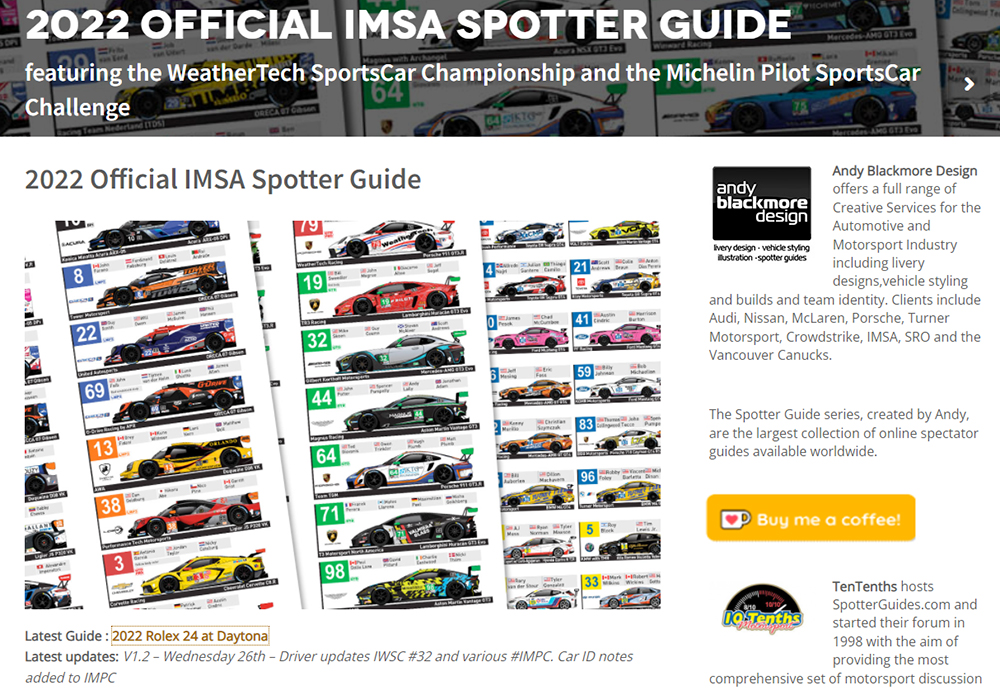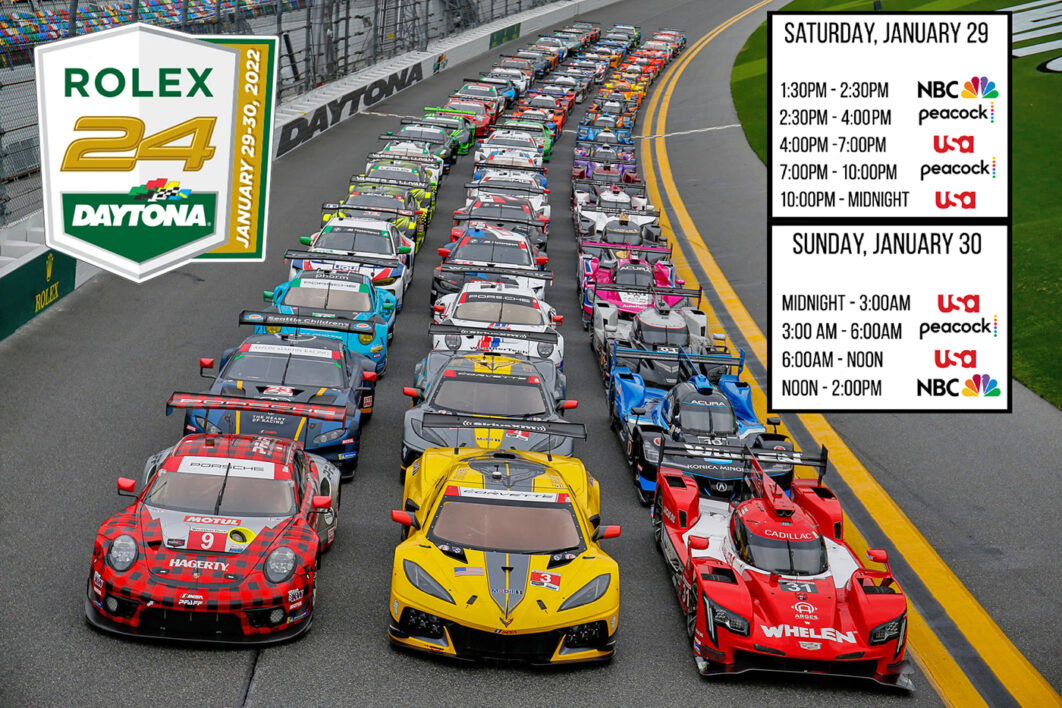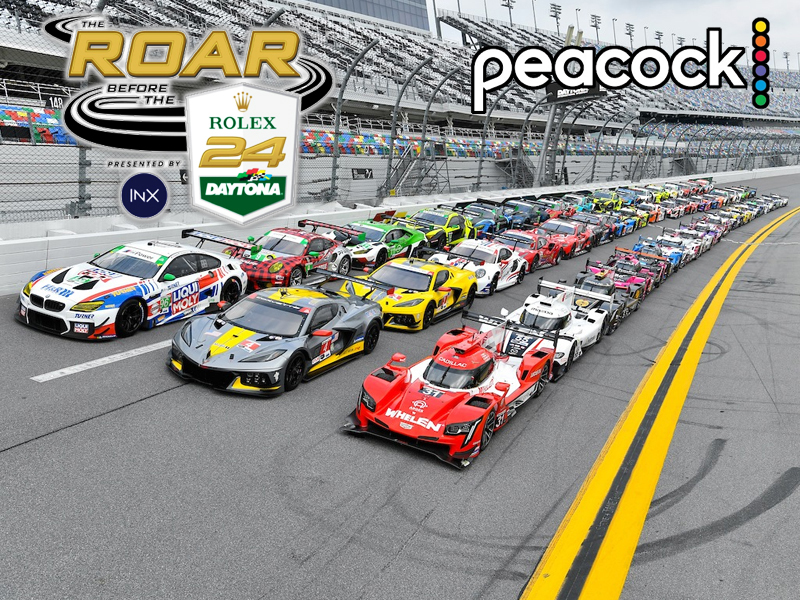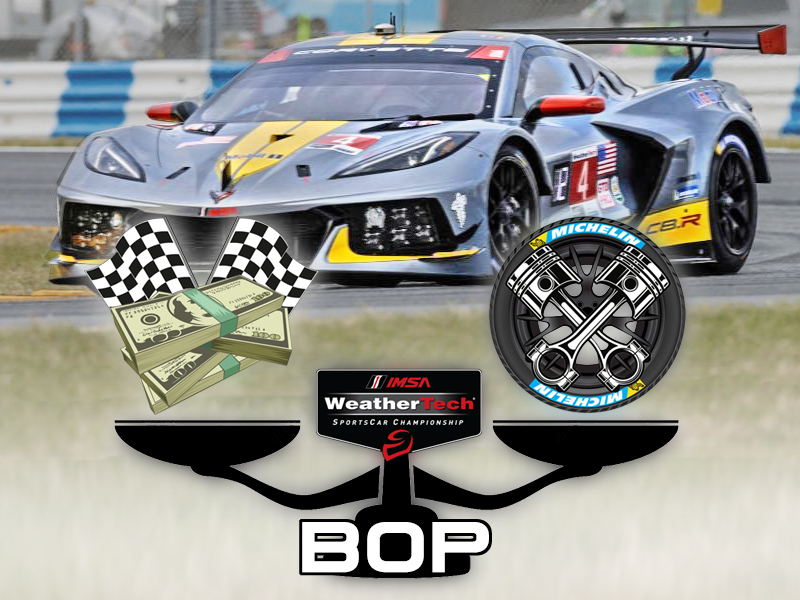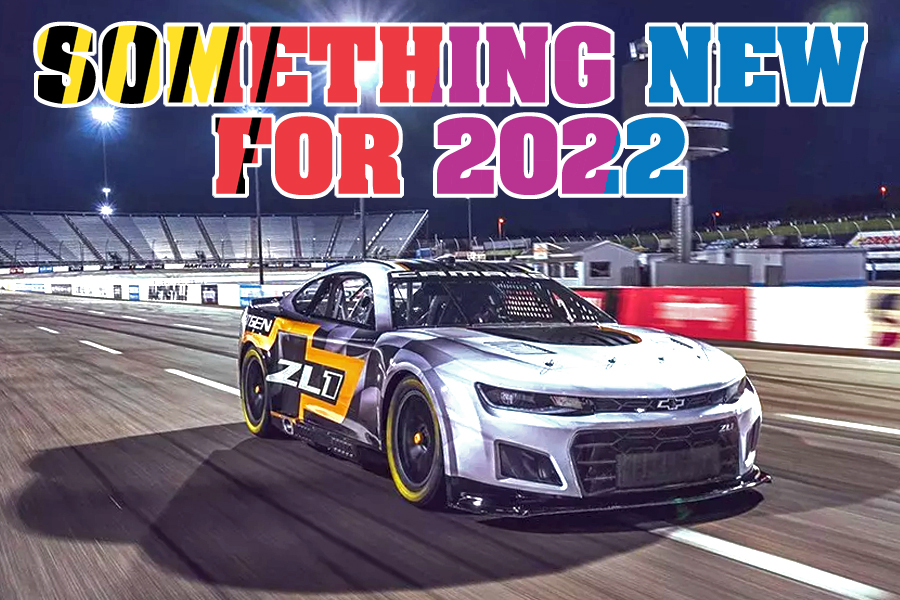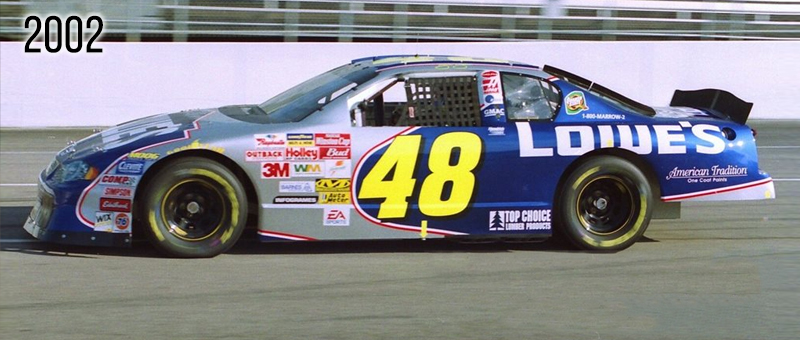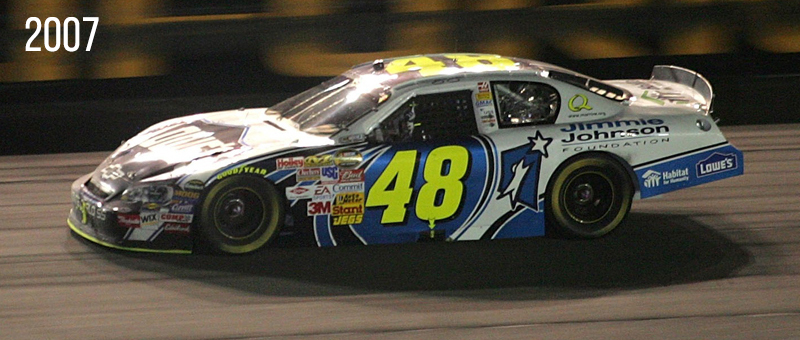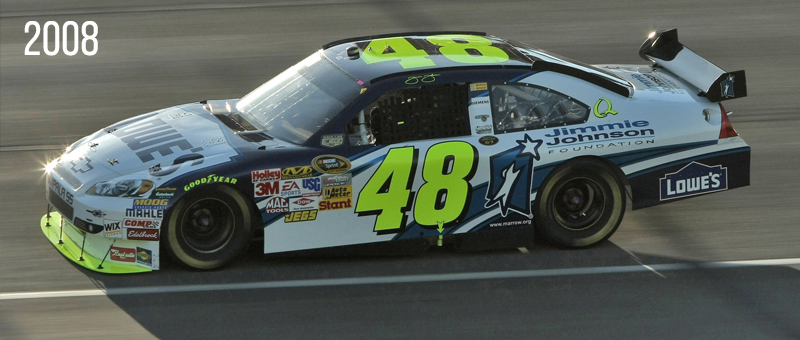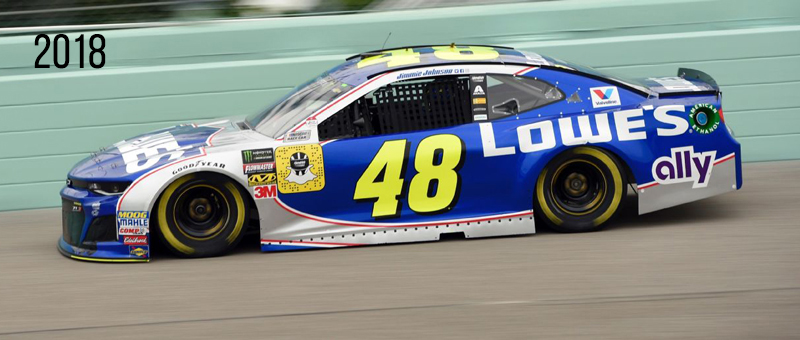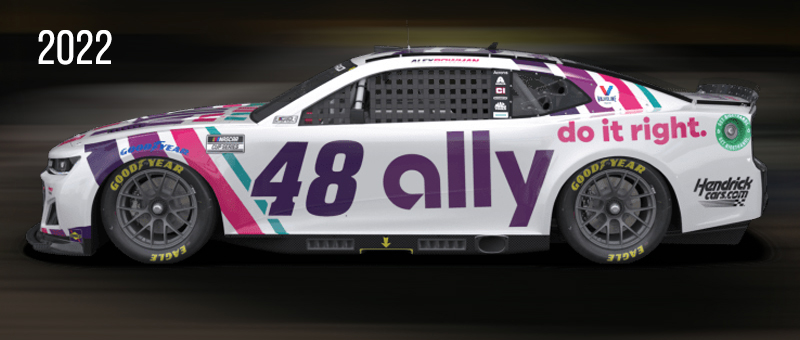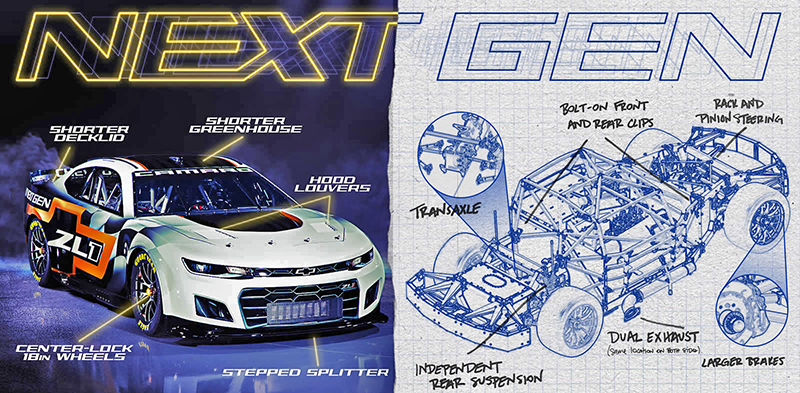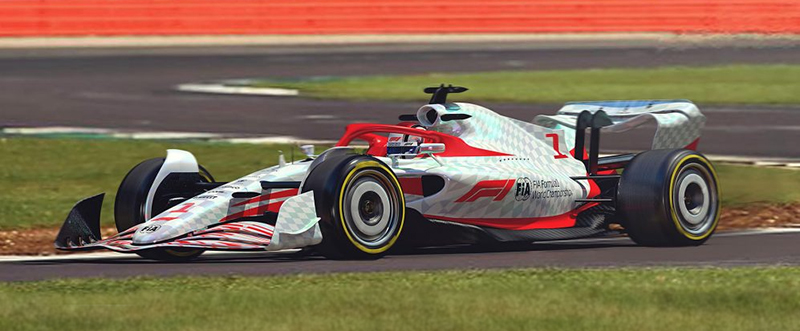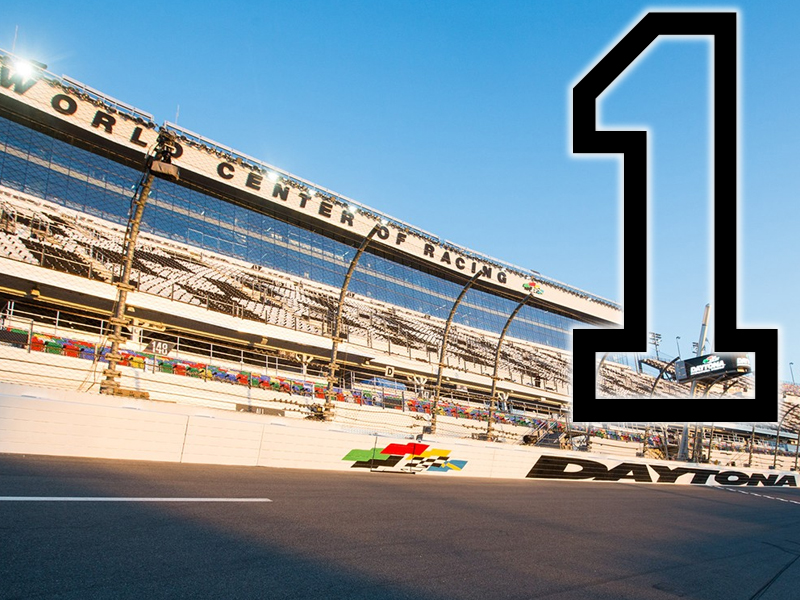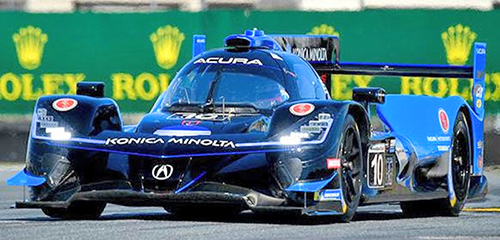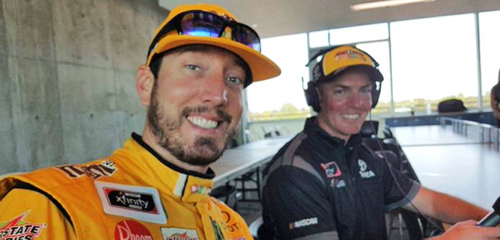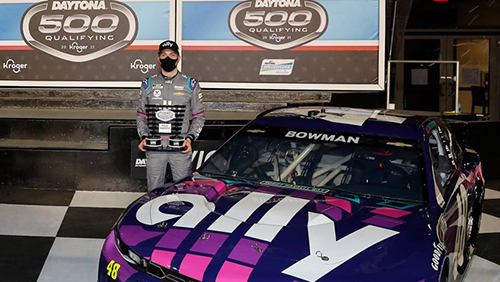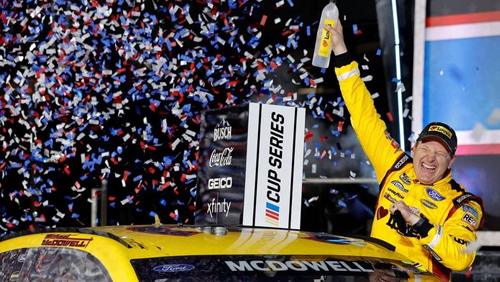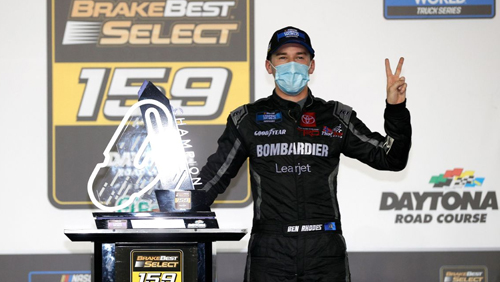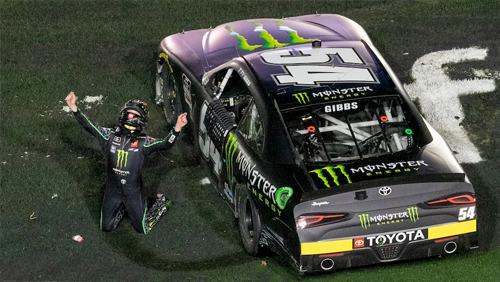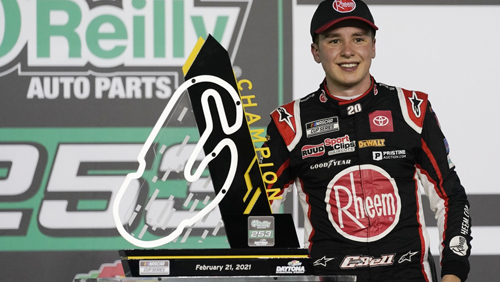Daytona, NASCAR… Throw a bit of controversy in the mix… The result is the Xfinity “Beef. It’s What’s for Dinner 300″…
Yes, there were cautions and lead changes but it was Austin Hill with the checkered flag. (Again… He won last year, also)
Hill started on the pole and was in the front bunch for the most part. It was the last lap, however, that has some people looking a little closer. Sam Mayer made a hot move to get in front but speed, air, tight racing and an attempted block brought his Accelerate Chevy down on the other cars which threw the back out and into the wall. The result was a flip and roof slide that, fortunately, tossed the car back on the wheels as it came to a stop. Mayer was later checked and released OK from medical.
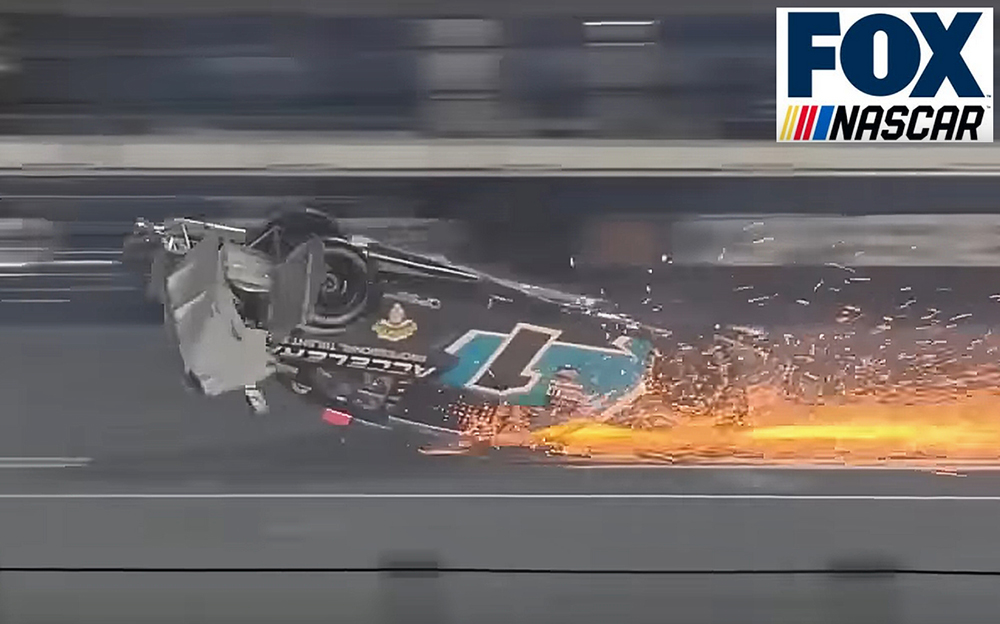
The question becomes the caution and the timing. NASCAR last lap caution rules are based on who is in front at the “time of caution”. This has some #7 Justin Allgaier in a twist as he was in front as the #1 went loose, hit the wall, and was already flipped when the caution lights and flags came out.
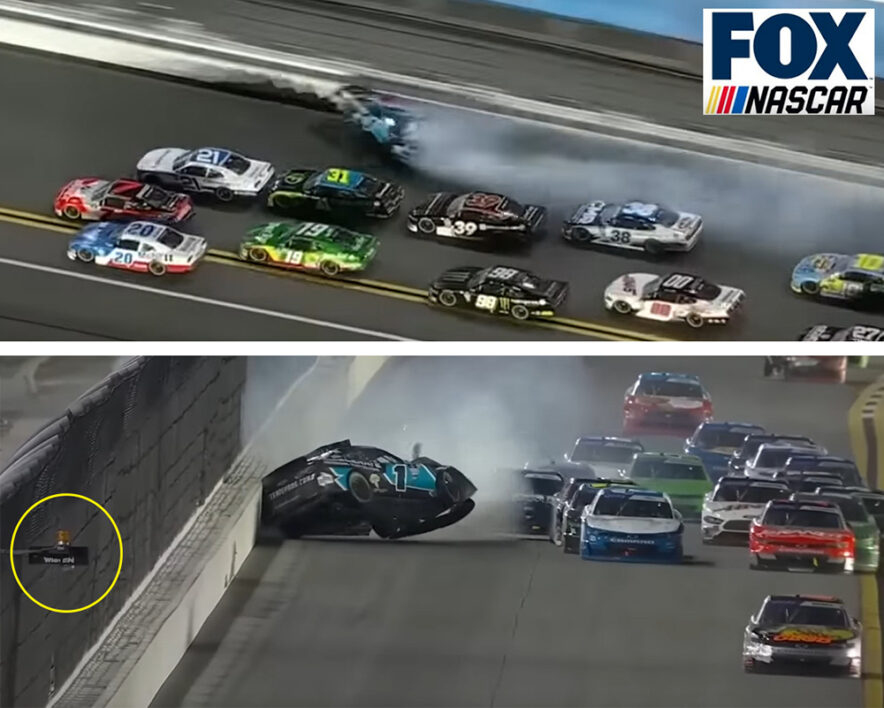
Call it maybe 2 seconds… 2 and a half… Maybe…? In that small span of reaction time to the events on the track, Hill had gotten by Allgaier as those lights came on. With that, NASCAR set the timing on the video replay to the timing of the caution “ON” and gave Hill the win.
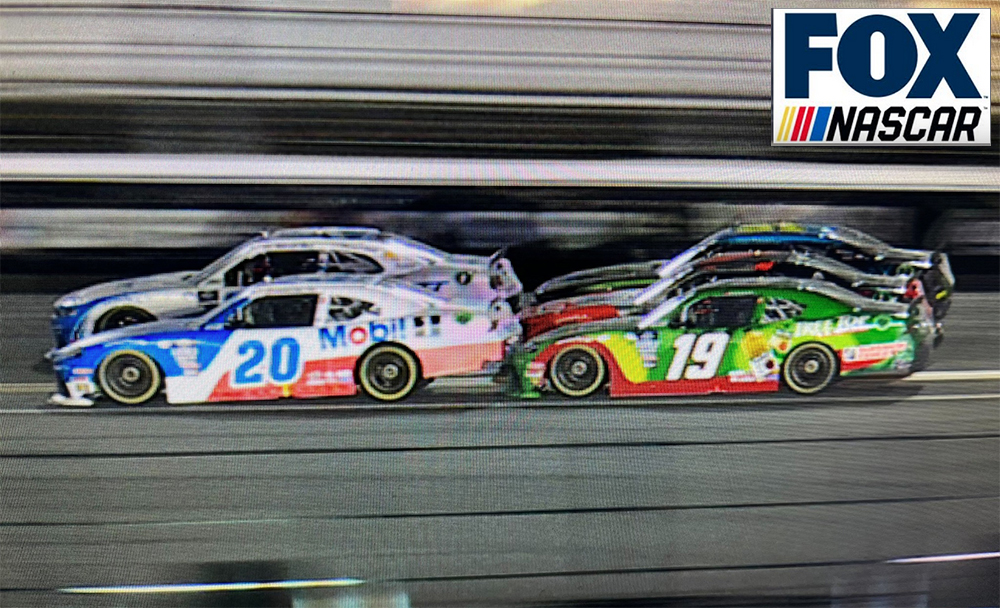
Allgaier fans are a little upset. Was the caution “late”…? Could the caution have come quicker…?
Best we have is “maybe”. There are fingers on buttons and those fingers are attached to human beings that have eyes on different spots and have reaction times to what they see. At Daytona speeds, those reactions are measured with real distance.
Hill is the winner. Allgaier was third. John H. Nemechek came across in the 2nd slot, which could also be a thing as he was below the yellow apron line. Yes, he was forced down due to the on track action but…
Rules and calls are best left to the officials. Second guessing and hindsight calls are what water coolers are for…
Do we still have those…?
